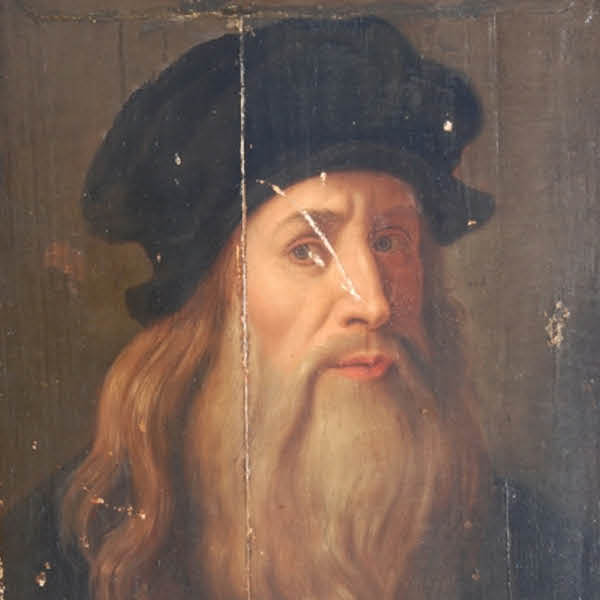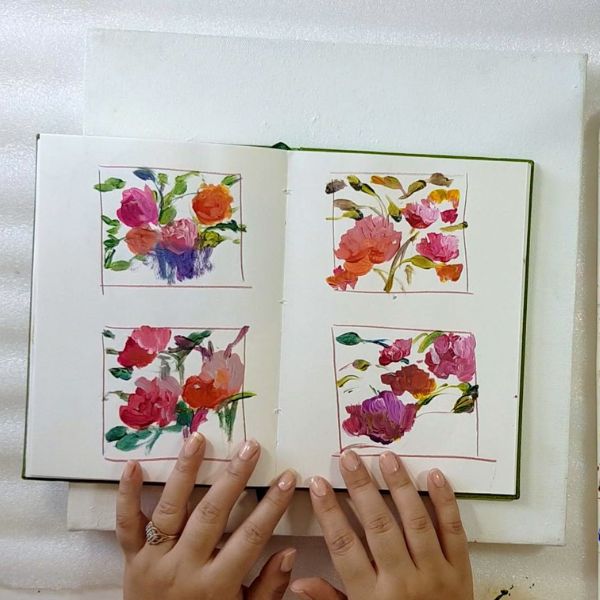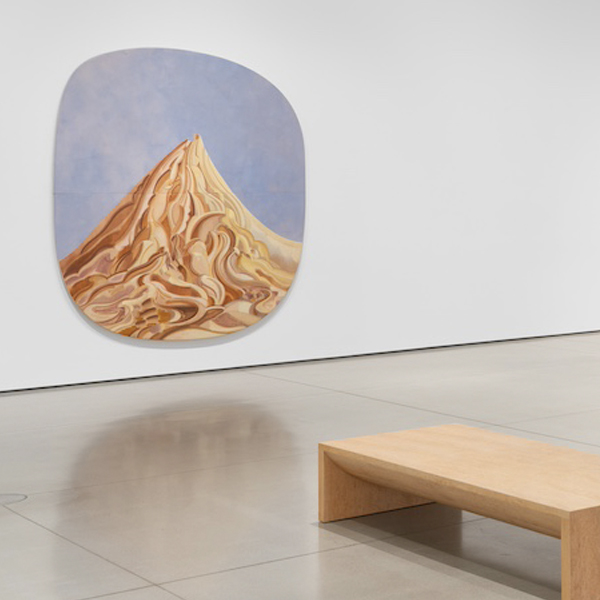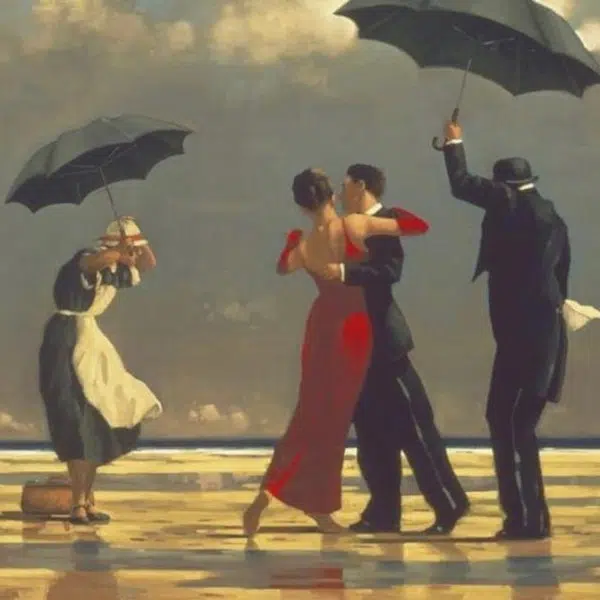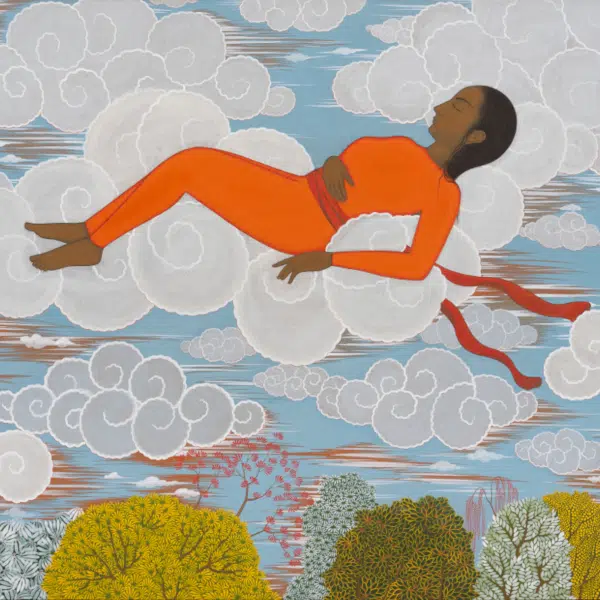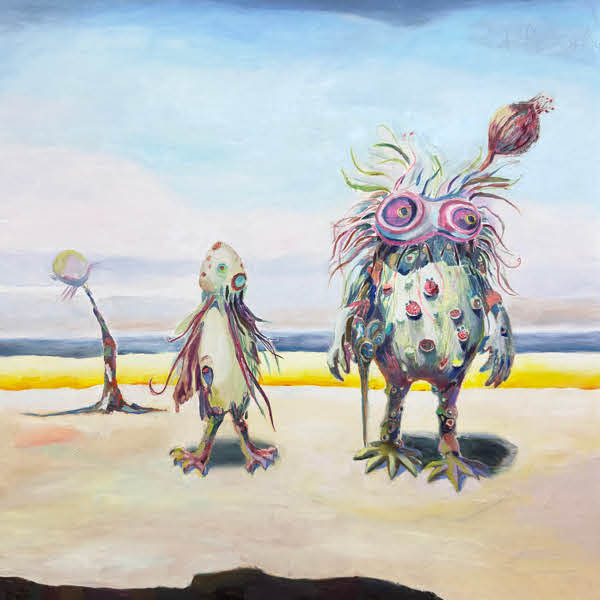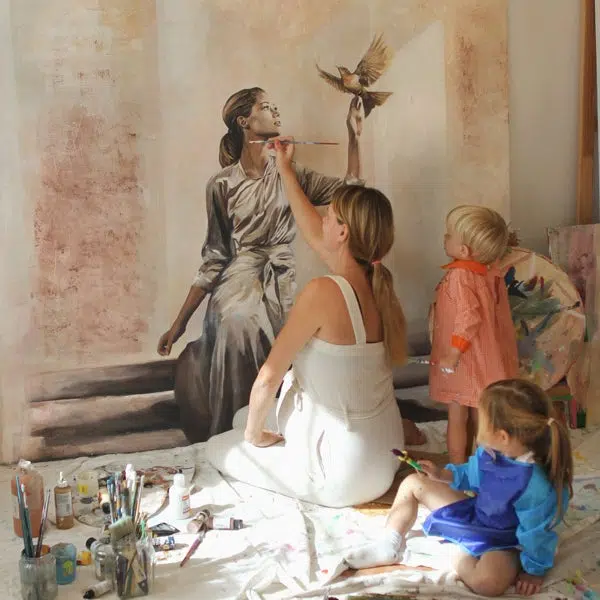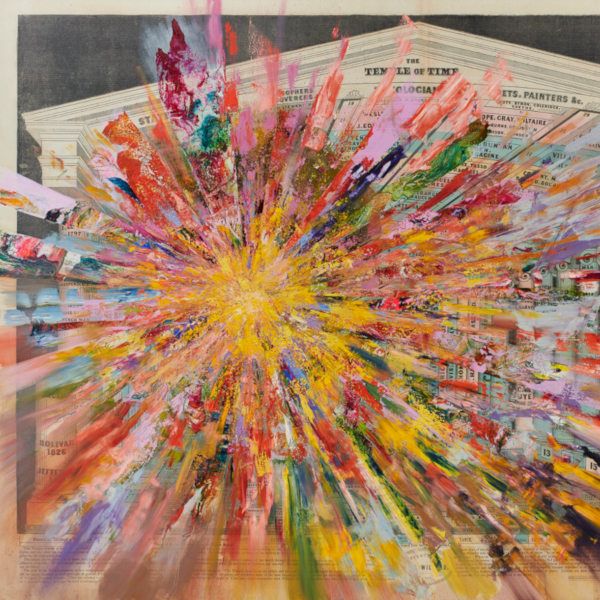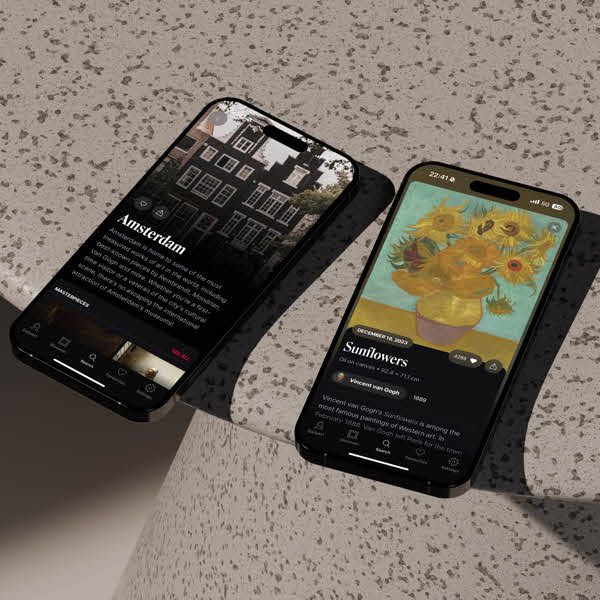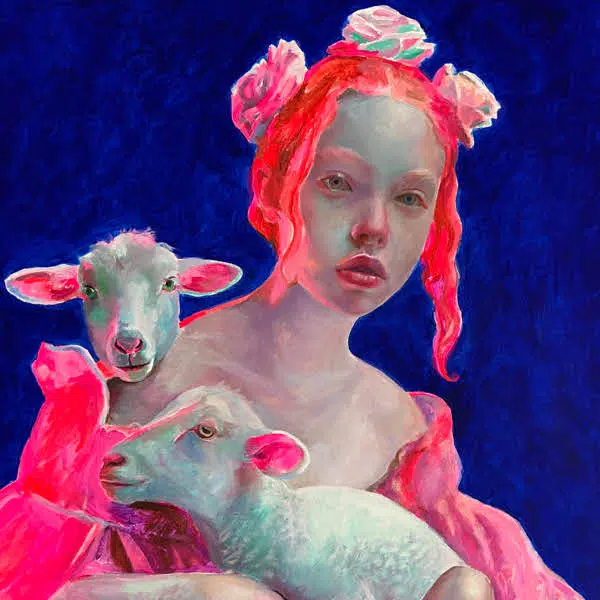View this post on Instagram
Georgia O'Keeffe was an artistic pioneer, but how much do you really know about her? She was a painter best known for her abstract depictions of colorful blooms and landscapes of the Southwestern United States. She produced her work in the early 20th century and helped to usher in the American Modernism movement with a style that favors the interpretation of subjects rather than representing them through strict realism.
O’Keeffe knew that she wanted to be an artist from a young age. Much of her childhood and young adulthood was spent learning fine art and teaching it, and she moved between the East Coast and the South before finally settling in New York City. During her tenure in Manhattan, she got to know art dealer and photographer Alfred Stieglitz; he was the first to exhibit her work in 1916, and they would later marry.
In 1929, O’Keeffe traveled to New Mexico, a place that would have a significant impact on her later work. Its desolate landscape, indigenous art, and adobe architecture encouraged a new direction for her artistic practice. “As soon as I saw it, that was my country. I’d never seen anything like it before, but it fitted to me exactly.” O’Keeffe would eventually make the state her home after Stieglitz’s passing.
Georgia O’Keeffe’s Artistic Evolution
View this post on Instagram
Early Years
O’Keeffe was born in the Midwest on November 15, 1887. When the time came to go to college, she studied at the Art Institute of Chicago from 1905 to 1906, and the Art Students League of New York from 1907 to 1908. During this period, she began to feel constrained by the assignments given—she didn’t like copying or recreating exactly what was in nature. This discontent coincided with the inability to fund her education. She took a job as a commercial illustrator and later a teacher working in these roles for about a decade.
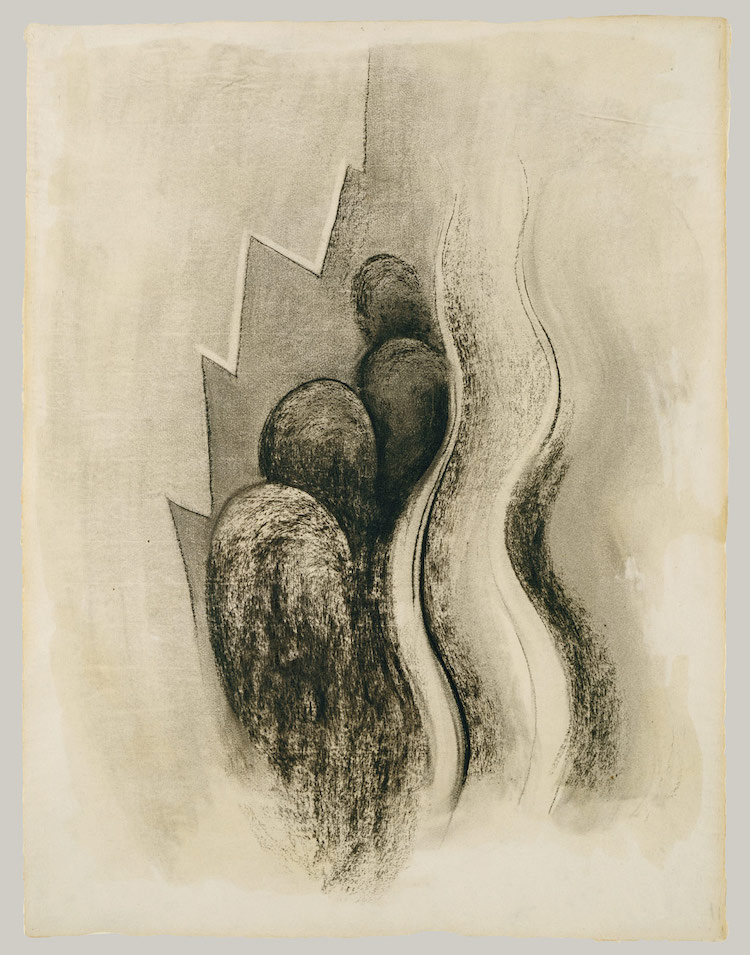
“Drawing XIII,” 1915. (Photo: Wikimedia Commons [Public domain])











































































